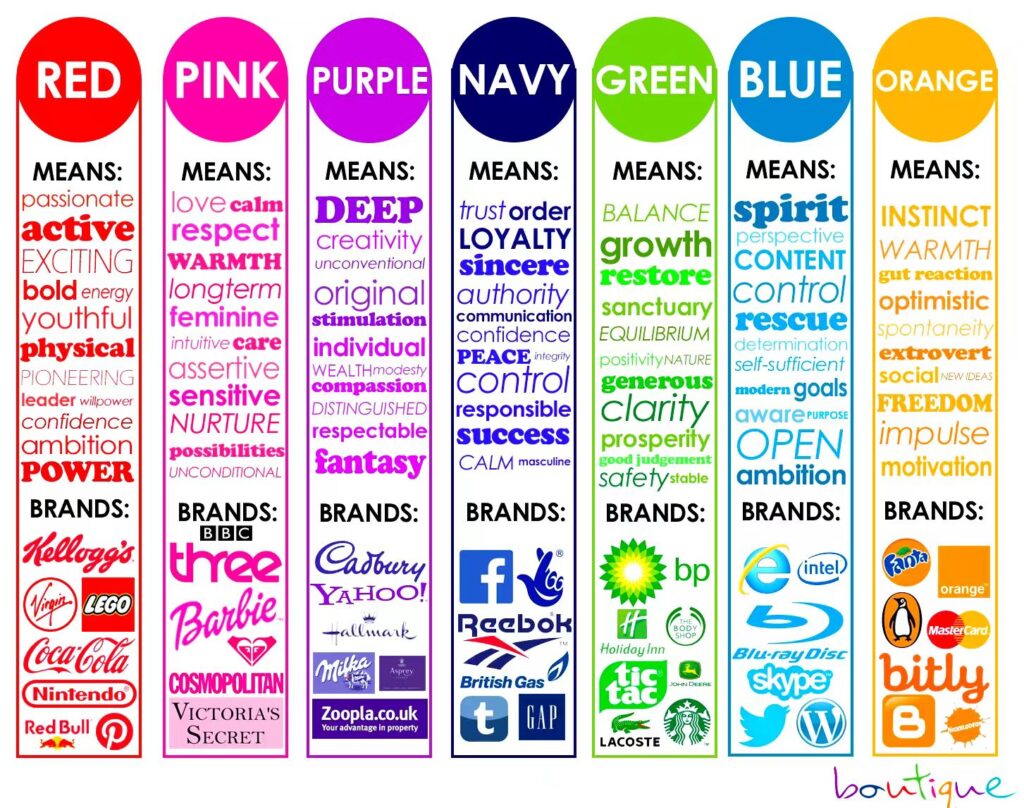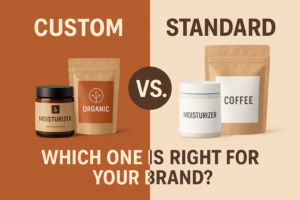In the competitive marketplace, product labels serve as a powerful marketing tool, influencing consumer perceptions and decisions. Whether you’re in the health supplement, pharmaceutical, or food industry, labels do more than just provide product information—they are an essential element of your branding strategy. In this blog, we will explore the importance of product labels, the psychology behind them, how they impact consumer decisions, and provide real-world examples of how effective label design can drive business success.

The Importance of Product Labels
Product labels are often the first thing consumers notice when they interact with a product. A label serves multiple purposes: it informs, attracts attention, and communicates the value of the product. Here’s why product labels matter:
First Impressions Count: Labels are a customer’s first interaction with your product. A clean, professional label can create a strong initial impression and convey quality. In contrast, a poorly designed label can turn potential customers away.
Brand Identity: Labels help establish a brand’s identity by using color, fonts, and design elements that align with the brand’s message. A well-designed label communicates the essence of the product and builds a relationship with the consumer.
Legal Compliance: In industries like health supplements and pharmaceuticals, labels provide critical information such as ingredients, dosage, and warnings. Proper labeling ensures compliance with regulations and helps build trust with consumers who value transparency.
The Psychology of Product Labels
The psychology of product labels goes beyond simply conveying information; labels influence how consumers feel about your product. This psychological effect plays a significant role in their buying behavior. Here are a few ways labels can tap into the minds of consumers
Color Psychology: Colors have a psychological impact on consumer behavior. For example, green often evokes feelings of health and eco-friendliness, while red can create a sense of urgency or excitement. Using the right color palette for your label can enhance emotional connections with your target audience.
Typography: The choice of font on a label communicates different qualities about the product. Bold fonts may signify strength and reliability, while elegant fonts could convey sophistication and luxury. The typography should match the brand’s overall image and appeal to the consumer’s preferences.
Visual Elements: The use of images and icons on labels can convey messages in a simple yet powerful way. For example, a leaf symbol may suggest that the product is natural or organic, appealing to eco-conscious consumers.

How Labels Influence Consumer Decisions
The design of your product labels directly influences how consumers perceive and decide to purchase your product. Here are key ways in which labels can affect consumer decisions:
Building Trust: Labels that clearly communicate essential product details—such as ingredients, sourcing, and certifications—help establish transparency. When consumers feel informed and confident, they are more likely to make a purchase. For example, FDA-approved health supplement labels provide reassurance that the product meets safety and quality standards.
Perceived Value: A well-crafted label can significantly enhance the perceived value of a product. High-quality labels can convey premium value and justify a higher price point. For example, a luxury skincare brand might use high-end materials, elegant fonts, and gold foil stamping to elevate the perception of the product’s exclusivity and quality.
Decision-Making Triggers: Certain label elements like call-to-action messages or highlighted benefits can prompt consumers to make quick purchasing decisions. Phrases such as “New Arrival,” “Limited Edition,” or “Buy One Get One Free” can motivate impulse buys.

Case Study: Effective Labeling in Action
1. Nutella’s Personalized Jars
Following in Coca-Cola’s footsteps, Nutella launched its own campaign featuring customizable labels. Shoppers could print their own names or messages on Nutella jars. This small change made the product feel unique and created a surge in social media sharing, boosting both brand visibility and customer loyalty. It’s another example of how personalized labels strengthen emotional connections and drive sales.
2. “Gluten-Free” Label Craze
The rise of gluten-free labels is another perfect case. Even products that naturally contain no gluten, like bottled water or potato chips, started carrying “gluten-free” tags. Consumers often perceive these products as healthier, regardless of their actual nutritional content. This trend demonstrates how strategic label wording can dramatically alter consumer behavior and brand perception.
3. Energy Drink Warning Labels
In recent years, governments have pushed for warning labels on energy drinks, highlighting risks like high caffeine content and potential health effects. Brands that resisted at first saw backlash, while those that embraced clearer labeling often gained consumer trust. This highlights how transparent, health-focused labels can shift public perception and build brand credibility.
。
4. Tiffany & Co.’s Signature Blue Box
Few brands leverage packaging and label psychology better than Tiffany & Co. Their iconic blue box—with minimal text and high-quality finishing—instantly signals luxury and exclusivity. Research shows that customers associate the color and simplicity with trust, elegance, and prestige. In this case, even before seeing the product, the packaging itself elevates consumer expectations and emotional attachment.
。
5. “Cruelty-Free” Labels in Cosmetics
In the beauty industry, the “cruelty-free” label has become a major selling point. Brands proudly display the badge to indicate no animal testing. Studies reveal that even consumers who don’t actively seek out ethical products often feel better about choosing brands labeled as cruelty-free. This reinforces how ethical certifications can create positive emotional responses and influence buying decisions.
Case Study: Effective Labeling Correct Labels Drive Consumer Behavior
Effective labeling is crucial for influencing consumer behavior, and it starts with having the right design. However, the design must be brought to life by a trusted printing partner. At One Print, we combine state-of-the-art digital printing technology with unparalleled customer service to enhance your labels and deliver the quality that your customers expect.
Want to elevate your product packaging?
Contact us now for stunning labels and unparalleled customer service.
https://oneprintpack.com/




